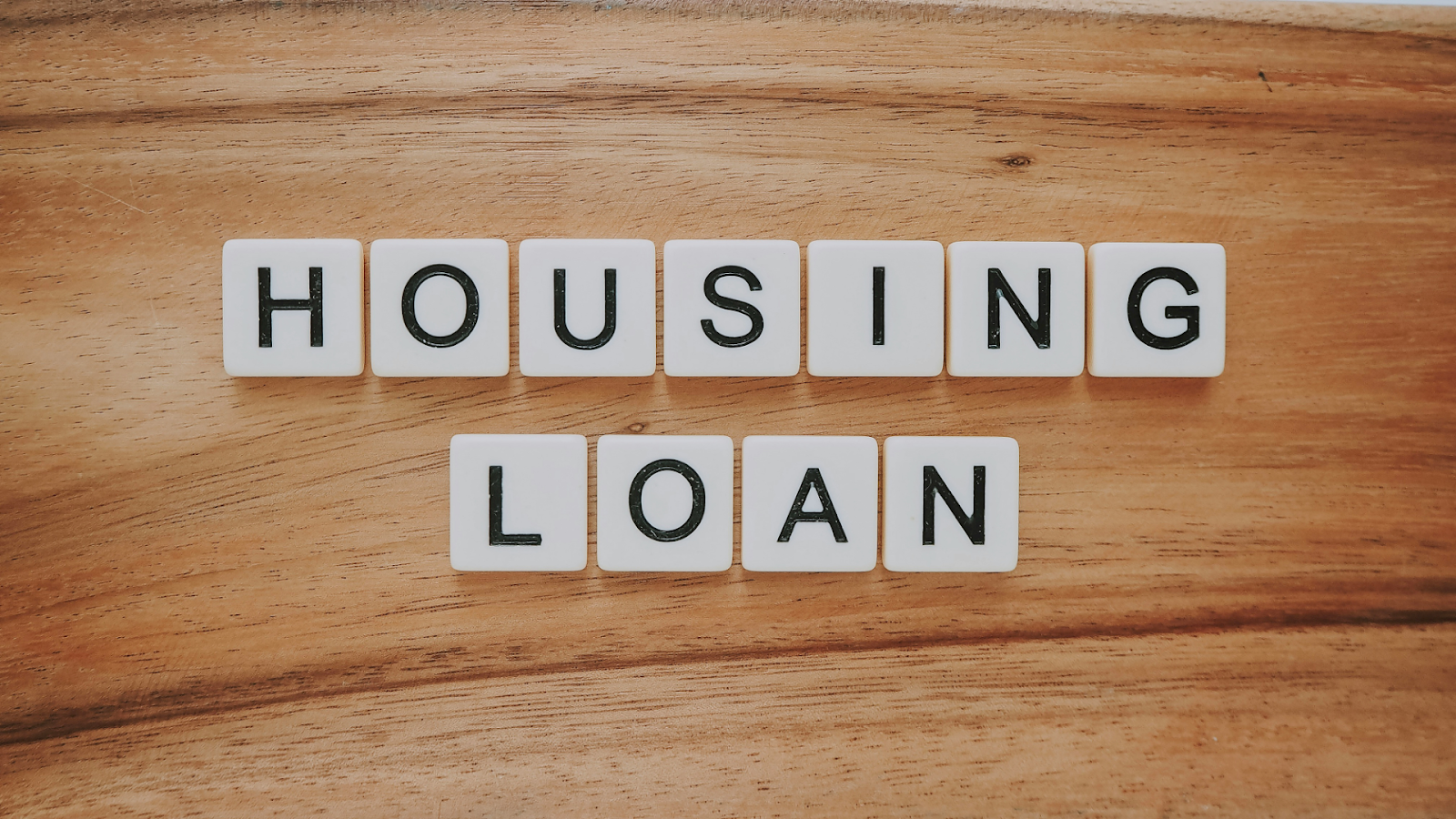
Home Equity Loan Vs HELOC: Breaking Down The Pros, Cons, And Use Cases
June 5, 2025
Key Takeaways:
- Choose the Right Loan Structure: A home equity loan offers stability with fixed payments, while a HELOC allows flexible access to funds over time. The right option depends on how you plan to use the money and manage repayment.
- Watch Improvements Influence Your Bill: Using equity for renovations may lead to higher property assessments. Appraisal districts compare upgraded homes to local comps, using mathematical adjustments to estimate new value.
- Keep Records to Support Future Protests: Detailed documentation of how equity funds were used can help during a property tax protest, especially when appraisers question changes in home value.
Many Texas homeowners reach a point where they start eyeing the equity in their home and asking big-picture questions: Should I use it for a renovation? A large purchase? A financial safety net? Two common options, home equity loans and HELOCs, often get lumped together, but key differences shape how they affect your budget, borrowing flexibility, and even your tax situation.
Our team at Texas Tax Protest hears these questions every day. Property values, tax assessments, and borrowing strategies intersect more than most people realize. The home equity loan vs HELOC conversation goes beyond borrowing money. Choosing the right option helps protect your investment, strengthen long-term financial decisions, and reduce the risk of unexpected tax burdens. To help you navigate your options, we’re breaking down what makes these loan types unique, who might benefit from each.
How Does A HELOC Work In Texas?
Borrowing against your home’s value can unlock new possibilities, but only if you understand how the process functions. A Home Equity Line of Credit (HELOC) offers a revolving credit option that behaves more like a flexible tool than a one-time loan.
For Texas homeowners, this route comes with specific rules and risks that are worth unpacking. A HELOC uses your home’s built-up equity as collateral for a revolving line of credit. Lenders determine your limit by comparing your mortgage balance to your home’s current market value. After approval, you can borrow what you need, when you need it, up to that limit.
The Draw Period And How It Works
Most HELOCs include a “draw period” lasting five to ten years. During this time, you can withdraw funds, repay, and reuse the credit as necessary. Interest is charged only on the amount you borrow, which gives you flexibility to handle staggered costs like home repairs or education expenses. Once the draw period ends, repayment begins. Your monthly bills will now include both interest and principal. For some homeowners, this shift can bring a noticeable increase in payment size, so preparing early can help avoid financial strain later.
Variable Interest Rates And Monthly Fluctuations
HELOCs typically carry variable interest rates, meaning your payment amounts can change over time. Lenders base these rates on an index, then add a margin. While this structure can offer savings when rates dip, it also increases the chance of higher costs if rates climb. However, Texas law limits how much equity you can borrow against, usually capped at 80% of your home’s value. There are also rules regarding fees, closing costs, and required disclosures.
What Is A Home Equity Loan?
A home equity loan, sometimes referred to as a second mortgage, allows you to borrow a lump sum using the equity in your home as collateral. Your equity is the difference between the home’s current market value and the balance you owe on your mortgage. As your home appreciates or your mortgage balance shrinks, the amount available to borrow can grow.
How Repayment Works
Most home equity loans come with a fixed interest rate and a clear repayment schedule. Lenders issue a one-time payment, which you repay in monthly installments over a set number of years, often between 5 and 30. This fixed structure offers predictability for homeowners who prefer consistent budgeting and a clear payoff timeline. Since the loan is secured by your home, falling behind on payments can put the property at risk. Before signing on, it’s smart to assess your long-term ability to meet the monthly obligation.
Loan Limits
Lenders typically allow borrowers to access up to 80% of the home’s appraised value, subtracting what’s still owed on the mortgage. For instance, if your home is worth $400,000 and your remaining mortgage balance is $250,000, your lender might cap your borrowing at $320,000, which is 80% of the property’s value. Subtracting the mortgage balance from that limit leaves you with $70,000 in potential funds. This example helps illustrate how lenders calculate loan limits based on equity and outstanding debt.
Why Homeowners Choose A HELOC
A Home Equity Line of Credit appeals to homeowners who need flexible access to funds over time, rather than a lump sum upfront. This borrowing style works well for projects or expenses that roll out in stages, like phased home renovations, recurring tuition payments, or medical costs that aren’t all due at once. Since you only pay interest on what you draw, a HELOC can help preserve long-term borrowing power and avoid paying for money you don’t end up using.
Most HELOCs come with variable interest rates, which means your monthly payments can change depending on economic conditions. Lenders base the rate on an index, such as the Prime Rate, and then apply a margin. When market rates fall, your payments may shrink. However, those same rates can climb, bringing higher monthly costs if you carry a balance.

How Borrowing Against Home Equity Affects Property Taxes
Before tapping into your home’s equity for a renovation or a round of debt consolidation, it helps to know how this type of loan decision might affect your property tax bill. Many Texas homeowners wonder if taking out a HELOC or home equity loan causes their property taxes to increase. The short answer? Getting a loan against your equity doesn’t trigger a higher tax assessment on its own, but it can have indirect effects.
Your Loan Doesn’t Trigger A New Assessment
When you open a HELOC or take out a home equity loan, you’re using the value already built into your home as collateral. This financial agreement stays between you and your lender. Texas appraisal districts won’t reassess your property based solely on the fact that you borrowed against it. Instead, they rely on other factors to determine your assessed value, including recent sales of comparable homes, appraisal data, neighborhood shifts, completed improvements, and broader market trends.
Some Improvements May Raise Your Property Value
The bigger tax impact usually comes from what the funds are used for. When borrowed equity goes toward noticeable improvements, such as adding square footage, installing a pool, or upgrading kitchens, your property may draw closer scrutiny from your appraisal district. While smaller changes might not lead to reassessment, large-scale upgrades often do.
Good Recordkeeping Can Help During An Appeal
Keeping accurate records of how you used your home equity loan or HELOC funds can be useful if your property is reassessed later. During a protest, clear documentation may help demonstrate that the funds were not applied toward home improvements. This type of detail can influence how the appraisal district evaluates your claim.
While the act of borrowing doesn’t increase your property tax bill on its own, the way you use that equity can affect future assessments. Understanding how appraisal math works and how comps are used to estimate value can help you plan and avoid surprises at tax time.

Smart Ways To Borrow Against Home Equity
Home equity loans and HELOCs can unlock real financial opportunities—but without a solid plan, they can also introduce long-term risks. Whether you’re using your funds for necessary repairs or consolidating debt, responsible borrowing starts with knowing the terrain. Here’s how to keep your finances steady while making the most of your home’s value:
- Set a specific goal before you borrow: Focus on essential expenses like renovations or paying down high-interest debt, rather than using equity for lifestyle splurges. A clear “why” helps you stay financially grounded.
- Understand how interest rates affect your payments: Fixed-rate loans offer predictable monthly bills, while variable-rate HELOCs may rise unexpectedly. If your rate can shift, leave room in your budget to adjust.
- Anticipate higher costs down the line: HELOCs often begin with an interest-only phase followed by full repayment. Planning for this transition early makes future payments more manageable.
- Avoid treating equity like easy money: Using home equity to fund everyday spending can lead to long-term strain. Tap into this resource with care and purpose.
- Account for additional costs: Closing fees, appraisals, and annual charges can raise your total borrowing cost. Reviewing the full scope helps you avoid surprises.
- Make a plan to protect your home: Late or missed payments can lead to foreclosure. A long-term repayment strategy and open communication with your lender can help you stay on track.

Final Thoughts
Deciding between a home equity loan and a HELOC involves more than comparing interest rates or repayment terms. This choice depends on your financial goals, how you prefer to manage payments, and the kind of flexibility you need for upcoming expenses. A home equity loan offers a predictable structure. You’ll receive a one-time payout, a fixed interest rate, and consistent monthly payments. On the other hand, a HELOC gives you the ability to draw funds as needed over time.
No matter which path you choose, knowing how your property’s value is calculated can have its impact on your financial picture. Thinking about tapping your home’s equity, or simply want to avoid paying more in property taxes than you should? Texas Tax Protest stands ready to guide you by combining tech smarts, personal service, and a focus on clear, actionable results.
Read more:
- Texas Property Tax Rates Explained: What Every Homeowner Should Know
- Texas Property Tax Rates by City: Where Does Your Area Rank?
- Texas Disaster Declarations and How They Impact Your Property Taxes
Frequently Asked Questions About HELOCs And Home Equity Loans
What are the main differences between a home equity loan and a HELOC?
A home equity loan provides a lump sum of money upfront, with a fixed interest rate and predictable monthly payments. A HELOC works like a credit card: you’re given a credit limit and can draw funds as needed during a draw period, usually with a variable interest rate. Repayment for a HELOC is typically more flexible, but payments can fluctuate as rates change.
What is the interest rate structure for a HELOC?
HELOCs generally come with variable interest rates, which means your monthly payments may go up or down as market rates shift. Some lenders may offer introductory rates that change after a certain period. Because terms vary, reading the fine print and budgeting for possible changes is crucial.
What is the typical repayment term for a HELOC?
Repayment for HELOCs generally includes a “draw period” when you borrow funds as needed, choosing how much to repay. Once the draw period ends, you enter the “repayment period” (commonly 10–20 years) when you can no longer borrow and must repay outstanding balances.
Are there closing costs associated with home equity loans?
Yes. Home equity loans often come with closing costs similar to what you’d find with a mortgage—appraisal fees, application fees, title search, and more. HELOCs may also have fees, though some lenders waive them as part of promotional offers. Always review your lender’s fee schedule before signing.
What credit score is needed for a home equity loan or HELOC?
Most lenders look for a credit score of at least 620, but higher scores generally unlock better interest rates and larger borrowing limits. Strong credit history, stable income, and a reasonable debt-to-income ratio all help your approval odds.
How does my home’s equity affect my borrowing ability?
Your home’s equity—the difference between its current market value and what you owe—directly impacts how much you can borrow. Lenders calculate this using an appraisal and clear formulas. Mathematical adjustments compare your property to similar sold homes, with differences accounted for to estimate fair value. More equity means more borrowing power.
Can I pay off a home equity loan or HELOC early?
You can. Most home equity loans and HELOCs allow for early payoff without prepayment penalties, though there are exceptions. Review your contract for specific terms. Paying off your balance sooner often reduces your total interest costs—just double-check for any fine print on payoff fees.
Source:
- https://consumer.ftc.gov/articles/home-equity-loans-and-home-equity-lines-credit





